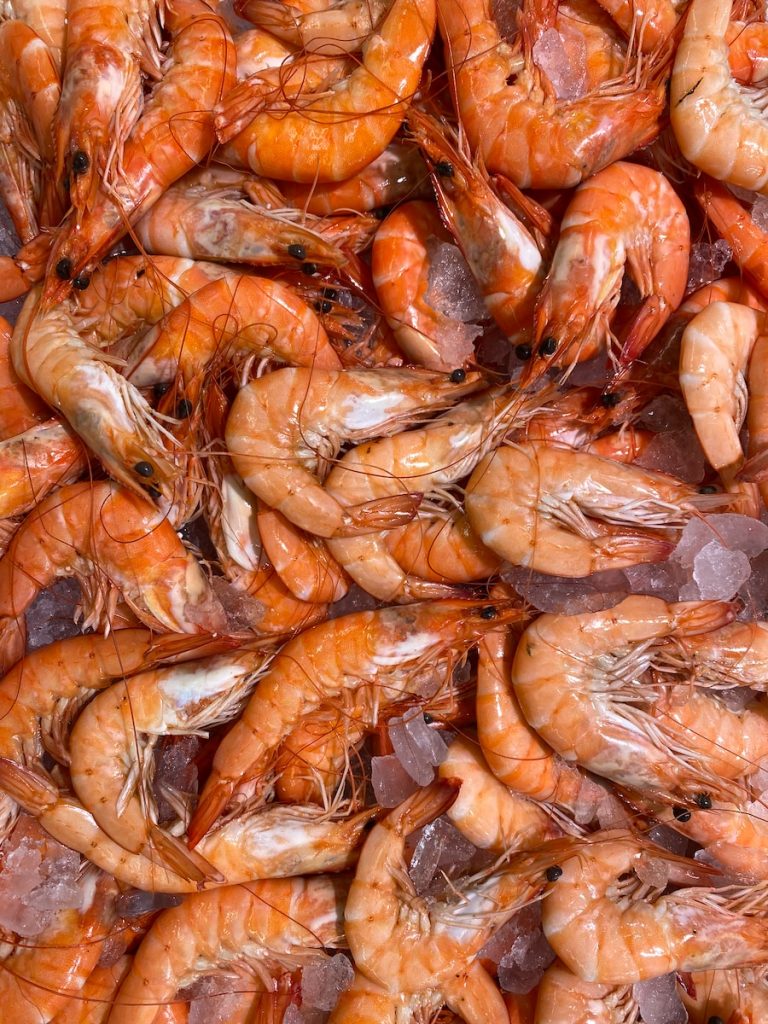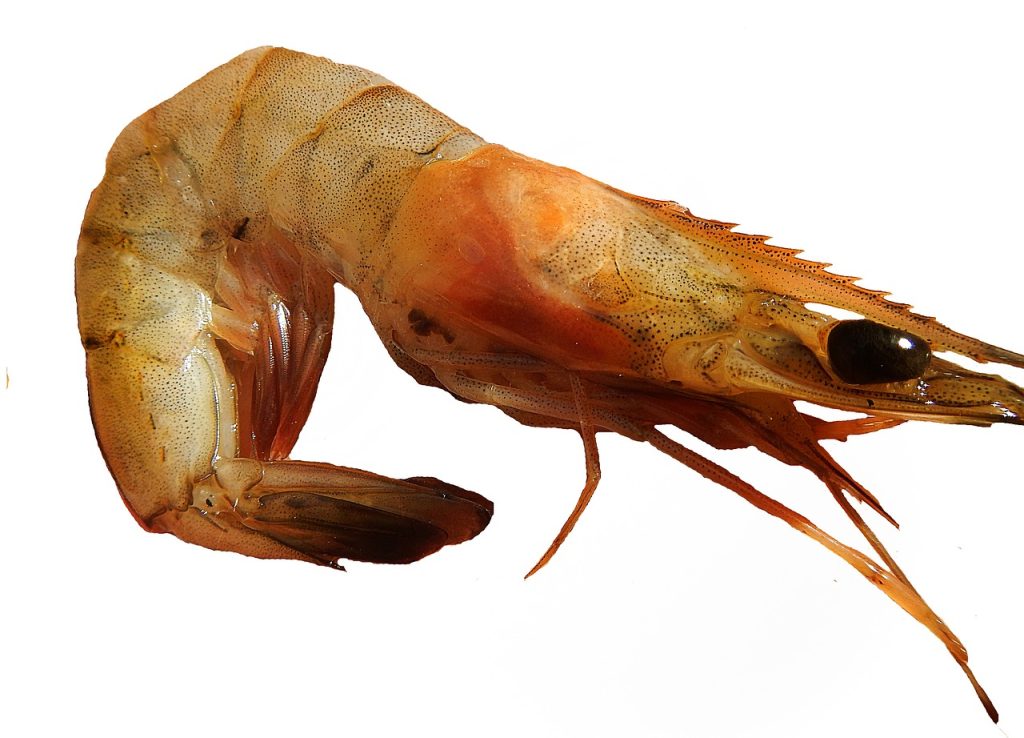Are Shrimp Fish?
Shrimp, a staple in culinary traditions worldwide, often spark curiosity about their classification. Are they fish? The answer is no, but the distinction between shrimp and fish is rooted in more than just a simple classification. This article delves into the fascinating differences between these two groups of aquatic animals, drawing on insights from marine biology.

Understanding Shrimp and Fish: A Taxonomic Perspective
Shrimp belong to the crustacean family, which includes lobsters, crabs, and crayfish. This categorization places them in the phylum Arthropoda and the subphylum Crustacea. Unlike fish, which are vertebrates, shrimp have a hard exoskeleton and shed it periodically for growth. Dr. Sylvia Earle, a renowned marine biologist, explains, “Shrimp’s exoskeleton is a key differentiator from fish, which have an internal skeleton made of bone or cartilage” (Marine Biology).
Fish, on the other hand, fall under the phylum Chordata and the subphylum Vertebrata. They possess a centralized nervous system, including a brain and spinal cord, unlike shrimp, which have a decentralized nervous system with ganglia. For more on fish anatomy and classification, visit FishBase.
Physical and Biological Differences
Shrimp and fish also differ in their respiratory and digestive systems. Shrimp breathe through gills located on the sides of their bodies, while fish have gills and a swim bladder for buoyancy control. The digestive system of shrimp is shorter, relying on gills for nutrient absorption, whereas fish have a longer digestive tract with nutrient absorption occurring in the intestines. To explore more about aquatic animal physiology, check out Aquatic Biology.

Commercial and Ecological Importance
Both shrimp and fish hold significant commercial value, with shrimp often farmed in ponds or tanks and fish caught in the wild or raised in aquaculture systems. Their roles in the food chain and ecosystem are also distinct, with shrimp serving as secondary consumers and important decomposers, recycling nutrients back into the ecosystem.
Conclusion
While shrimp and fish share the commonality of being aquatic animals and popular seafood choices, their differences are profound and rooted in their biological and taxonomic characteristics. Understanding these distinctions not only enriches our knowledge of marine life but also highlights the diversity and complexity of aquatic ecosystems.
Frequently Asked Questions
What is the classification of shrimp?
Shrimp are classified as decapod crustaceans, which means they have ten legs. They belong to the order Decapoda, which includes other types of crustaceans such as crabs, lobsters, and crayfish.
Are shrimp considered seafood?
Yes, shrimp are considered seafood. They are a popular type of shellfish that are enjoyed around the world. In many cultures, they are a staple food and are often served in a variety of dishes.
What are the nutritional benefits of shrimp?
Shrimp are a good source of protein and are low in fat and calories. They are also rich in vitamins and minerals, including vitamin B12, iron, and selenium.
Shrimp are also a good source of omega-3 fatty acids, which are important for heart health.
How are shrimp typically prepared?
Shrimp can be prepared in a variety of ways, including grilling, boiling, frying, and baking.
They can be served as a main dish or used as an ingredient in soups, stews, salads, and other dishes.
What is the difference between shrimp and prawns?
Shrimp and prawns are both types of decapod crustaceans, but they are not the same. Prawns are generally larger and have a more elongated body than shrimp.
They also have claws on three of their five pairs of legs, while shrimp only have claws on two of their five pairs of legs.
Can shrimp be harmful to consume?
Shrimp can be harmful to consume if they are not cooked properly. Raw or undercooked shrimp can contain harmful bacteria and viruses that can cause foodborne illness.
It is important to cook shrimp to an internal temperature of 145°F (63°C) to kill any harmful bacteria.



